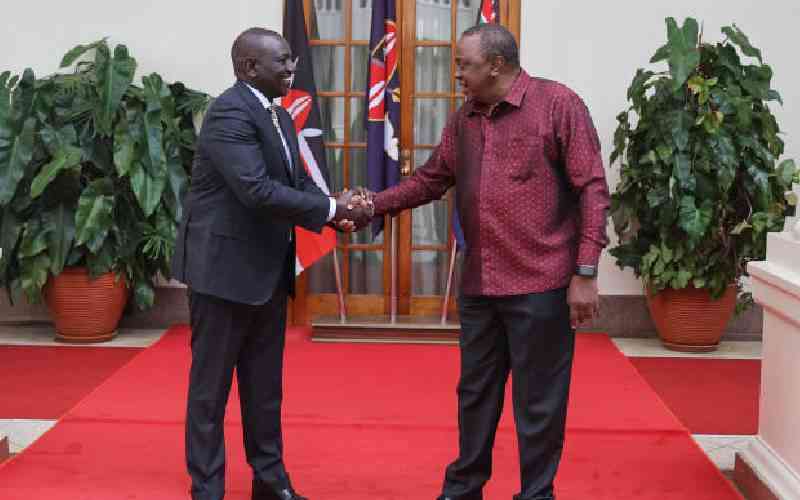×
The Standard e-Paper
Kenya’s Boldest Voice

President-elect William Ruto has achieved the high targets he set for himself more than 20 years ago when he served as the Kanu Director of Elections and Assistant minister.
He rose rapidly through the field and became Deputy President at 46 in 2013.